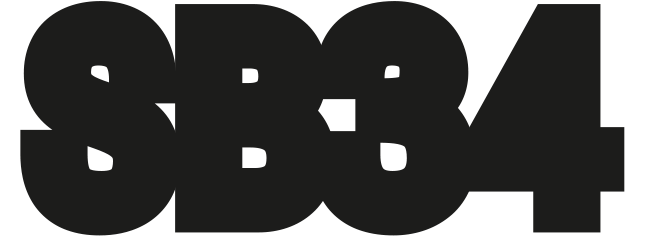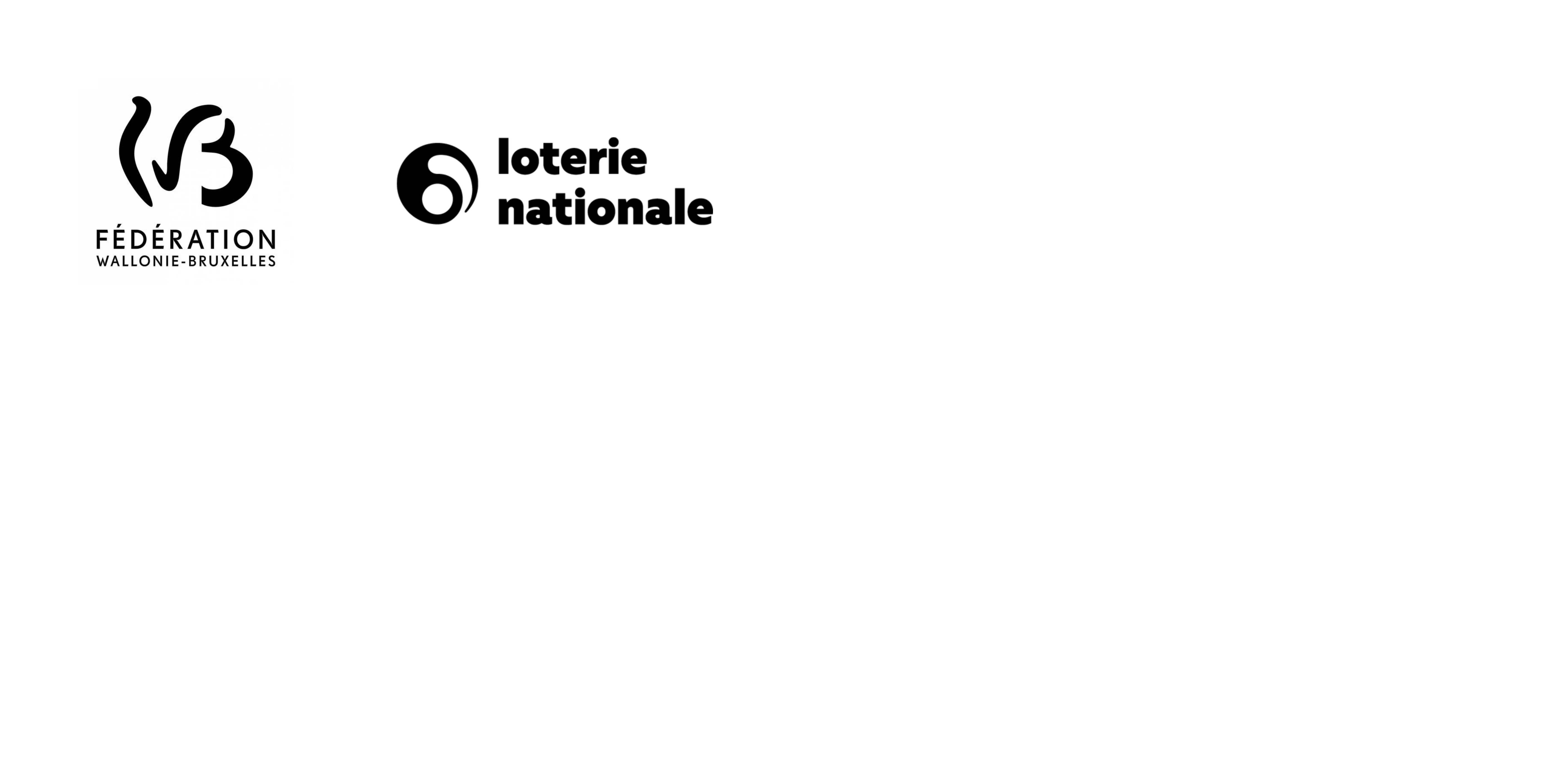















(c) Silvia Cappellari
Sandbox sees stretch out before us a landscape of recalcitrant objects, one of forms and signs, in an atmosphere equal parts orderly and unstable. Practically, this first solo exhibition of the work of Raphaël Matieu is a sort of journey through a method, roaming amongst the vocabulary and the motifs around which the work has been developed.
Still practically speaking, Raphaël Matieu is interested in the interceptions and mistranslations generated in the relationship between text, image, and object. Matieu’s practice is deployed at various intersections between the registers of the plane—drawing, typography, and writing—and that of the object—found, produced, reproduced, and assembled. Publishing and installation are thus Matieu’s preferred places for experimenting with the effects of space on language: effects of contamination, digestion, and resistance.
In this way, the work draws on the resources of the semantic phenomenon, on the instability of meaning as it ricochets between the poles and the surfaces of things like it ricochets between the two companions disguised behind this dummy figure going by the name Raphaël Matieu, which is in fact not the name of an artist or even a character but of the creative method engaged in in private by Raphaëlle Lasausse and Matthieu Michaut. From one to the other and vice versa, each of them has subtracted two letters from their first name in order to sign their shared body of work, incidentally aping with this single identity certain market expectations.
As a term, Sandbox appeared as a point of contact between this method and The Pool. The visitor follows the stairs into a subterranean refuge that carries within it the settled memory of the economy of the studio, a zone of temporary subtraction from the productivity of the city, where other modes of production and sociality emerge.
Sandbox obviously evokes the territory of play. A simple delimitation is all that is needed to slough off reality and its norms and for a moment imagine other1 spaces where other meanings flow beneath the delimitations of language.
Sandbox as a reference then is the fortress of utopias, but it is also, just below this, an investigation into the power of traces, the cult of remnants, the fantasy of the missing stone, the lure of the ruin. At the same time as bringing into play the codes of the art exhibition and its transmission, appearing at first to situate themselves in the tradition of repurposing objects of use, Raphaël Matieu opens up an anthropological perspective on this notion of utility, turning our attention to the pitfalls of an archaeological fiction in which historical value depends as much on the chance endurance of materials as on the power of positions, a fiction that carries with it an instrumental, utilitarian conception of abandoned forms and materials. Under its inverted horizons, with its gestures of repurposing and casting aside, the method is deployed within a materialist tradition in anthropology. Its sources of inspiration include Tim Ingold, who has argued for an overhauling of the classical dualisms opposing inert matter (passive physicality) to the human project (intention and form).2 Raphaël Matieu’s landscape is littered with animate receptacles, counter-forms and porous constructions, all dedicated to the gesture of fabrication and the malleability of materials.
Pauline Hatzigeorgiou
Translated by Jack Cox
O1 Michel Foucault’s lessons on the critical function of heterotopias resonate with this.
O2 See Tim Ingold, Making: Anthropology, Archaeology, Art and Architecture [2013], Routledge, 2013.
︎ LIST OF WORKS
DE: À: Re:, 2022-2023
glasses, coasters
teamworkspace, 2022-2023
wood, steel and polymer paste rings,variable dimensions
Best before, 2022-2023
sand and plaster, variable dimensions
Reliefs, 2022-2023
wax, paper, variable dimensions
(cuirs et peaux), 2022-2023
leather, toner, staples, variable dimensions
Raphael Matieu’s practice evolves through reinterpretation games. The different works are objects of thoughts based on the fusion of elements of our daily life. Copy. Move. Rename. Edit. Those fragments of life are combined respecting assembly principles. Together they shape some brand new stories that act as baits, distributing new spectra of perspective. Throughout those gaps, the pieces question ourselves on the multiplicity of point of views and demonstrate the representability of our daily lives. By using those tricks, Raphaël Matieu invites us to (re) think surfaces that have been transformed.
IG @raphaelmatieu
www.R-M.works
www.raphaelmatieu.com
︎ Open on Sat. 14:00 - 18:00
Avec le soutien de la Fédération Wallonie-Bruxelles, de la Région Bruxelles-Capitale/Image de Bruxelles et de la Cocof


